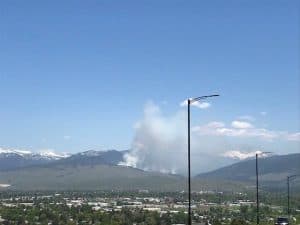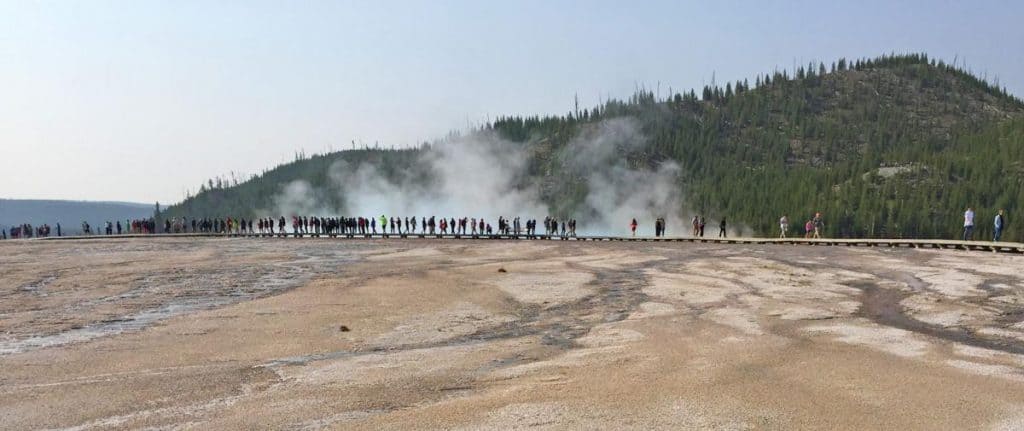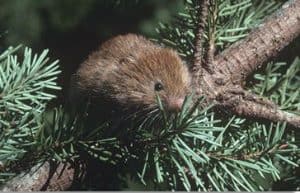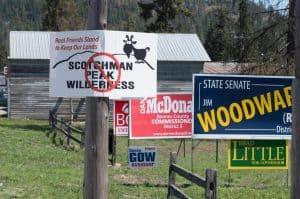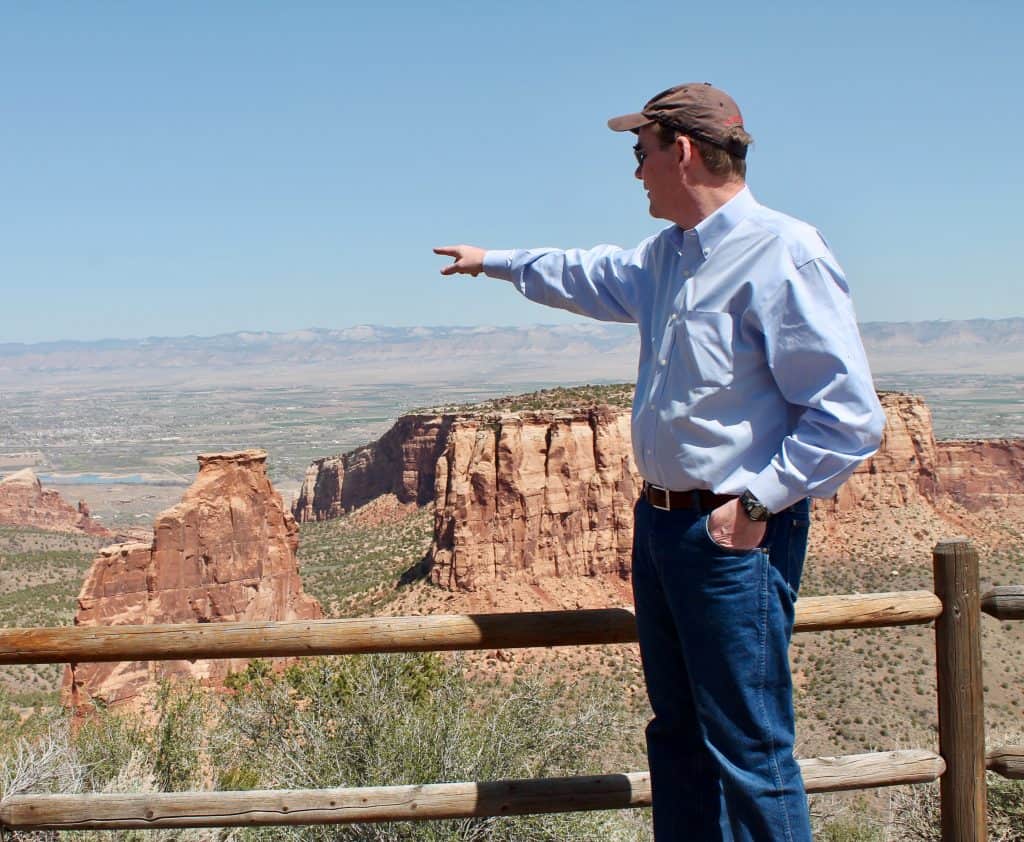
A couple of thoughts.. note that this isn’t a partisan effort in Colorado:
Sen. Michael Bennet, a Democrat from Denver, has been pushing the BLM deal with Gardner for almost a year. He, too, is convinced there’s nowhere better than Grand Junction.
“The values of Coloradans on the Western Slope align with the core mission of the BLM,” Bennet told Colorado Politics. “We must ensure this move is more than symbolic and provides the resources necessary to manage our public lands and improve agency decision-making.”
Also, I am thinking we might actually get better public servants in Grand Junction. I tried to hire people, both when I worked in Research and Development, and when I worked in NEPA, in the Washington Office, and many of the folks I considered to be the best wouldn’t move. If you are seeking diverse people, who are often at a low percentage of the total pool to start with, it can make hiring someone in DC almost impossible. For the Forest Service, and possibly the BLM, cities where regional offices are located, and D.C. are the most unattractive of possible locations. This was even true when I worked for USDA CSREES now NIFA, it was just too expensive for most folks to uproot their families and move.
On the other hand, perhaps in this day and age a “headquarters” is an outmoded concept and everyone should be working at home to save government $ and carbon. It’s tough to be in administration in this day and age, and I don’t envy folks who have to figure these things out. I do like the ideas below.
Swift said that while the agency hasn’t started naming specific cities, they have set some criteria for new homes for BLM: A reasonable cost of living, proximity to public lands, good quality of life and good schools and no more than two flights away from D.C. — say, like, Grand Junction Regional Airport to Denver International Airport and east to Washington.
In March, Tipton had Zinke sitting before him in a House Natural Resources Committee hearing. He used the opportunity to try to get the Interior boss on the record about the issue.
Zinke obliged.
“My concern is making sure we’re going to a community that has a high quality of life, that’s affordable to the GS-5 to GS-7 (employees), great communities where we can attract millennials who will want to live there,” he told Tipton.
A GS-5 federal employee earns up to about $38,000 a year. A GS-7 tops out at about $46,000 annually.
“Colorado certainly fits that description,” Zinke said.
